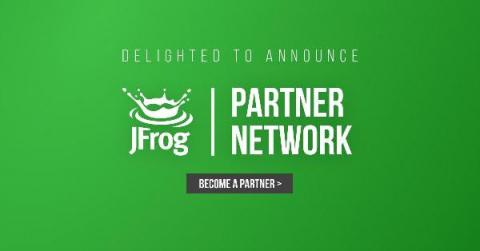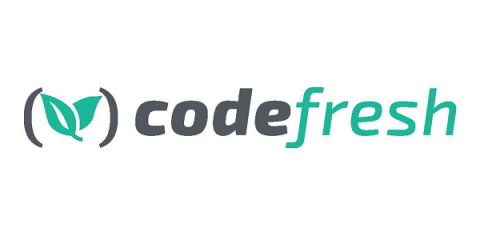Operations | Monitoring | ITSM | DevOps | Cloud
CI CD
The latest News and Information on Continuous Integration and Development, and related technologies.
Continuously deploy Rust applications
Rust, a blazing fast and memory-efficient language, made its first appearance about ten years ago. Rust has gained a lot of momentum recently with the popularity of WebAssembly, a language that allows languages like C++, C, and Rust to run in web browsers. This enables developers to build highly performant applications and provide web apps with native functionalities that are not available on the web platform. In this tutorial, you will learn how to deploy a Rust application to a hosting platform.
Go Cloud-Native or Go Home
The movement away from on-premise and towards the Cloud is unstoppable. Even the US government is on board with their plans to “accelerate movement to secure cloud services, including Software as a Service (SaaS), Infrastructure as a Service (IaaS), and Platform as a Service (PaaS).” On-prem software is deployed, hosted, and maintained by your organization.
Continuously deploy custom images to an Azure container registry
The Azure container registry is Microsoft’s own hosting platform for Docker images. It is a private registry where you can store and manage private docker container images and other related artifacts. These images can then be pulled and run locally or used for container-based deployments to hosting platforms. In this tutorial, you will learn how to create a custom docker image and continuously deploy it to an Azure container registry.
Best Practices for Migrating to Helm v3 for the Enterprise
Completing the security testing automation cycle
DevOps, DevSecOps and CI/CD are synonymous with one word - automation. Automating their workflows gives developers the ability to deliver consistency, time savings, and useful insights into their software development life cycle (SDLC). But automation is only as efficient as your weakest link or most cumbersome bottleneck, which can sometimes be security testing. Security testing has traditionally been carried out either manually or quite late in the process.
The Confident Commit | Episode 4: Systems and Flow with Elisabeth Hendrickson
Enterprise CI/CD Best Practices - Part 1
If you are trying to learn your way around Continuous Integration/Delivery/Deployment, you might notice that there are mostly two categories of resources: We believe that there is a gap between those two extremes. We are missing a proper guide that sits between those two categories by talking about best practices, but not in an abstract way.
Enterprise CI/CD Best Practices - Part 2
This is the second part in our “Enterprise CI/CD best practices” series. See also part 1 for for the previous part and part 3 for the next part. You can also download all 3 parts in a PDF ebook.
Enterprise CI/CD Best Practices - Part 3
This is the third and last part in our “Enterprise CI/CD best practices” series. See also part 1 and part 2 for the previous best practices. You can also download all 3 parts in a PDF ebook.









